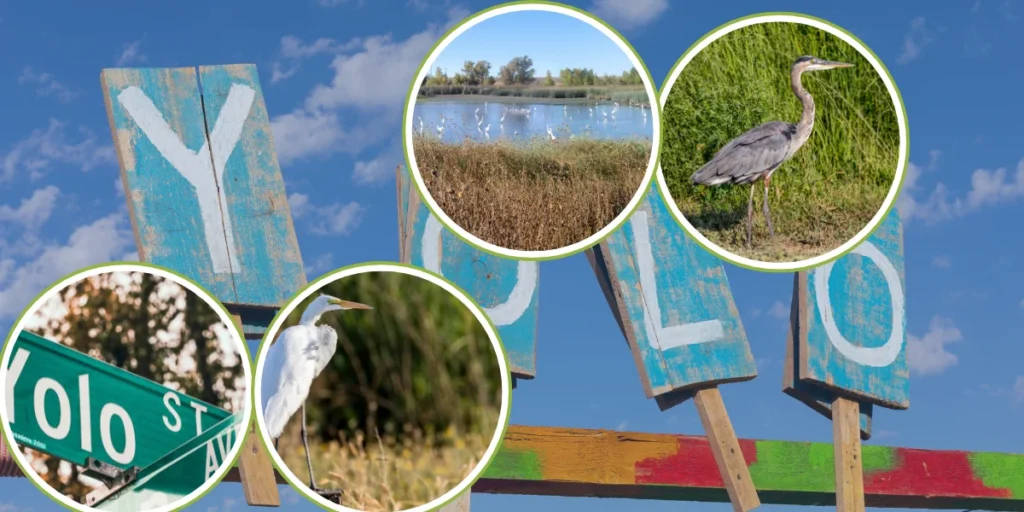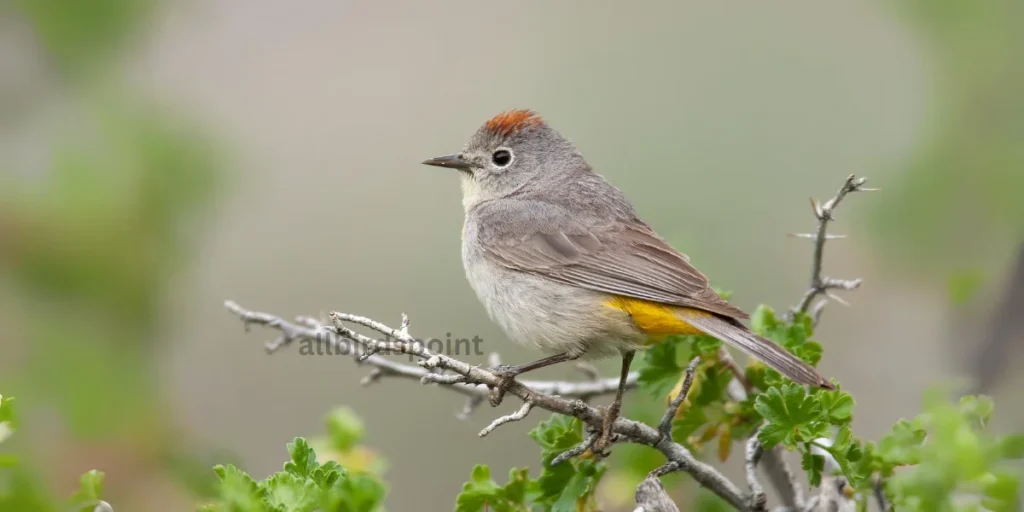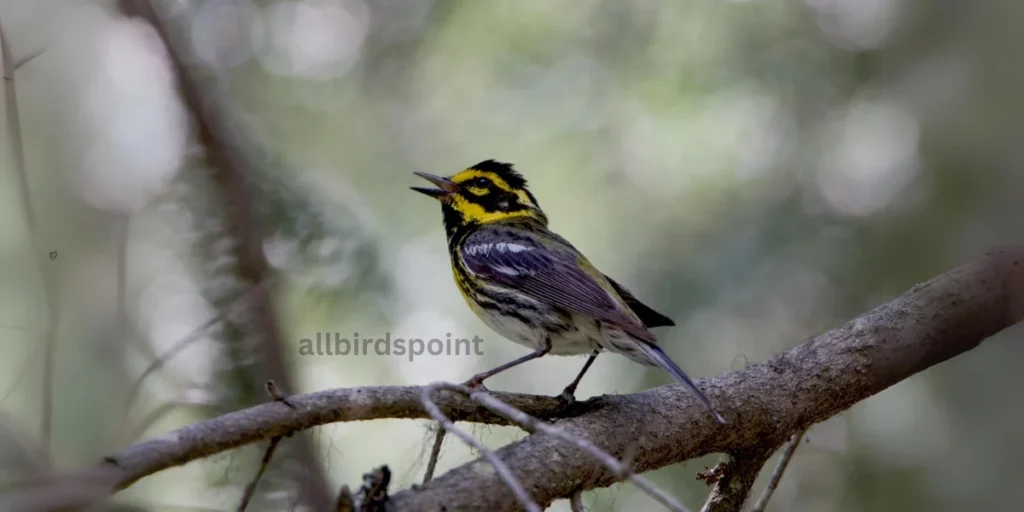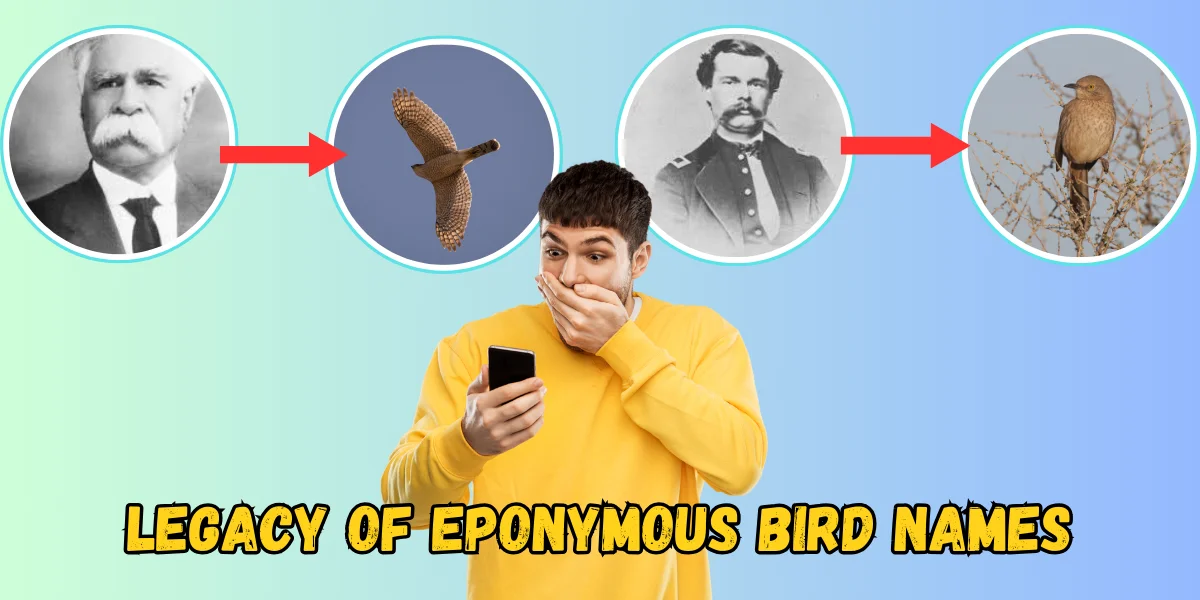Legacy of Eponymous Bird Names
In recent years, there has been a national debate surrounding the legacy of our forebears, the celebration of historical figures, and the need to reexamine the past to promote a more just and equitable society. This discussion extends to various fields, including ornithology. One notable example is the National Audubon Society, which has issued statements on the importance of addressing the impact of past figures whose names are attached to bird species .
Two ornithologists, Gabriel Foley and Jordan Rutter, created the website Bird Names for Birds. Their goal is to eliminate eponymous bird names—those named after individuals—and they argue that such names perpetuate the effects of colonialism. They sent a letter, signed by 182 ornithologists and bird enthusiasts, to the American Ornithological Society (AOS), urging them to address this issue by August 15, 2020 . Although the AOS did not directly address their request, they did announce a name change for McCown’s Longspur to Thick-billed Longspur on August 7, 2020. This reflects an ongoing discussion that birders, including members of the Yolo Bird Alliance, should consider.

A Brief History of Eponymous Bird Names
The history of ornithology in the Western United States is closely tied to explorers and naturalists who ventured into new territories and discovered many bird species. One early explorer, Thomas Nuttall, retraced the famous Lewis and Clark expedition and made significant contributions to the field of natural history. Along with John Kirk Townsend, Nuttall named several bird species, including the Nuttall’s Woodpecker and Townsend’s Warbler.
Many bird names from the mid-1800s were given in honor of U.S. Army surgeons, medical personnel, and officers stationed at remote outposts. These men, such as Lt. Col. Edgar Erskine Hume, combined their military duties with scientific endeavors, often collecting bird specimens and sending them to institutions like the Smithsonian.
One controversial figure is Capt. John Porter McCown, who discovered several bird species but later joined the Confederacy. His name was originally attached to McCown’s Longspur, but due to his association with the Confederacy, the bird was recently renamed Thick-billed Longspur. This reflects the growing sentiment that historical figures with problematic legacies should no longer be honored through eponymous bird names.
Revisiting History
Many bird species were named after prominent figures of the 19th century. For example:
- Cooper’s Hawk was named after William Cooper, a naturalist.
- Bendire’s Thrasher was named after Maj. Charles Bendire, a career soldier and naturalist.
- Lucy’s Warbler and Virginia’s Warbler were named after family members of scientists involved in ornithological research.




The complex legacy of these individuals has led to debates about whether these names should remain. The ornithologists who collected and named birds often did so during the U.S. Army’s westward expansion, a time when Native American land was taken, and battles were fought to secure territory for settlers. This period of colonization has left a legacy that some believe should not be glorified through bird names.
The Role of the Military in Ornithology
Many bird names are connected to military figures who played dual roles as soldiers and naturalists. For instance:
- Elliott Coues, a military surgeon, was a prolific ornithologist who published key works on North American birds. Despite his accomplishments, none of the birds he named still bear his name today.
- William Alexander Hammond, who collected specimens for the Smithsonian, is known as the “Father of American Neurology” and had a flycatcher named after him.
- Adolphus Lewis Heermann was a surgeon naturalist who collected specimens during the Pacific Railroad survey and had Heermann’s Gull named in his honor.
These figures contributed greatly to the field of ornithology, but their actions also occurred within a broader context of military campaigns and colonization, which complicates their legacies.
Moving Forward
As society grapples with the legacy of eponymous bird names, many are questioning whether these names should continue to be used. Ornithologists and birding enthusiasts are now more mindful of the historical figures whose names are attached to bird species and are considering changes that better reflect modern values.
In conclusion, revisiting the legacy of eponymous bird names is part of a larger conversation about how history is remembered and who is honored. As this debate continues, the goal is to ensure that the naming of species aligns with a more inclusive and equitable view of history.
Legacy of Eponymous Bird Names: A Closer Look
The legacy of eponymous bird names refers to bird species that are named after people, often explorers, scientists, or military figures from the past. These names were given to honor their contributions to discovering new bird species. However, in recent years, there has been a growing debate about whether it’s still appropriate to use these names, especially when some of the individuals had connections to controversial actions, like colonization or slavery.
Why Change Bird Names?
The main reason for this debate is that many of the people whose names are attached to birds were involved in acts that are now considered harmful or unjust. For example, some explorers played a role in taking land from Native Americans or were connected to the Confederacy during the Civil War. Naming birds after such figures can be seen as continuing to honor their actions, even if those actions were harmful.
Two ornithologists, Gabriel Foley and Jordan Rutter, started the website Bird Names for Birds to call for the removal of these eponymous bird names. They argue that birds should be named for their characteristics, habitats, or behaviors instead of after people, especially those with controversial legacies.
Example: Townsend’s Warbler
One example is Townsend’s Warbler, named after John Kirk Townsend, a naturalist and explorer. While Townsend made significant contributions to ornithology, his work was also part of the U.S. expansion into Native American lands. As society becomes more aware of the complex legacies of historical figures, there have been calls to rename birds like Townsend’s Warbler to reflect more neutral or descriptive terms. Though this bird’s name hasn’t been changed yet, the debate surrounding it highlights the growing awareness of how names can carry historical weight and influence how we view the past.

The Role of History
Many birds were named during the 1800s when the U.S. was expanding westward. Explorers and soldiers, who were often also scientists, named the birds they discovered. For example, birds like Cooper’s Hawk and Bendire’s Thrasher were named after people who contributed to early American ornithology. However, those individuals were also part of military campaigns or colonization efforts, which makes their legacies more complex today.
Moving Forward
The debate over eponymous bird names is not just about birds; it’s part of a larger conversation about how we remember history and who we honor. Some people believe that keeping these names overlooks the negative aspects of these figures’ lives. Others argue that the names reflect history and should be preserved.
As discussions continue, more bird names may be changed to reflect modern values, ensuring that the names of species represent a more inclusive and respectful understanding of history.
In the end, the goal is to ensure that the names we use today honor the natural world without perpetuating the mistakes of the past.
FAQs
What is an eponymous bird name?
An eponymous bird name is a name given to a bird species in honor of a person, often an explorer or scientist.
Why are people questioning eponymous bird names?
Eponymous names are being reconsidered because some of the individuals they honor were involved in colonial or controversial activities, and many believe these names perpetuate outdated values.
What are some examples of eponymous bird names?
Examples include Cooper’s Hawk, Lucy’s Warbler, and Heermann’s Gull.
What is being done to address this issue?
Ornithologists and organizations like the American Ornithological Society are considering renaming birds that currently have eponymous names, with some changes already made, like McCown’s Longspur being renamed Thick-billed Longspur.
Why is the discussion about bird names important?
The discussion reflects a broader societal debate about how history is remembered and who should be honored for their contributions, especially when those contributions are linked to colonialism or other controversial legacies.

tafhdt